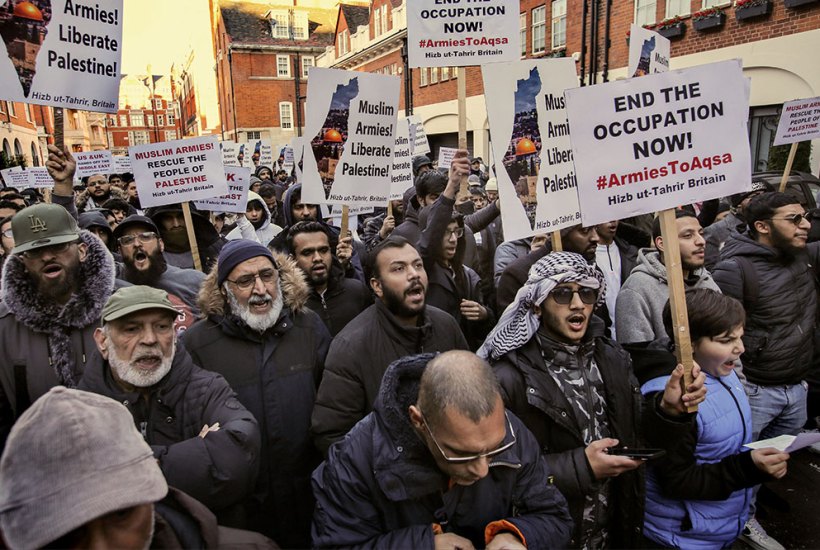Well, better late than never, I suppose. This week the Home Secretary James Cleverly announced that the government has finally decided to ban the Islamic extremist group Hizb ut-Tahrir. For some readers this may sound like a familiar story.
In the aftermath of the 7 July 2005 terror attacks in London, the then prime minister Tony Blair declared that ‘the rules of the game are changing’.
Already a subscriber? Log in
Subscribe for just $2 a week
Try a month of The Spectator Australia absolutely free and without commitment. Not only that but – if you choose to continue – you’ll pay just $2 a week for your first year.
- Unlimited access to spectator.com.au and app
- The weekly edition on the Spectator Australia app
- Spectator podcasts and newsletters
- Full access to spectator.co.uk
Or
Unlock this article
You might disagree with half of it, but you’ll enjoy reading all of it. Try your first month for free, then just $2 a week for the remainder of your first year.









Comments
Don't miss out
Join the conversation with other Spectator Australia readers. Subscribe to leave a comment.
SUBSCRIBEAlready a subscriber? Log in